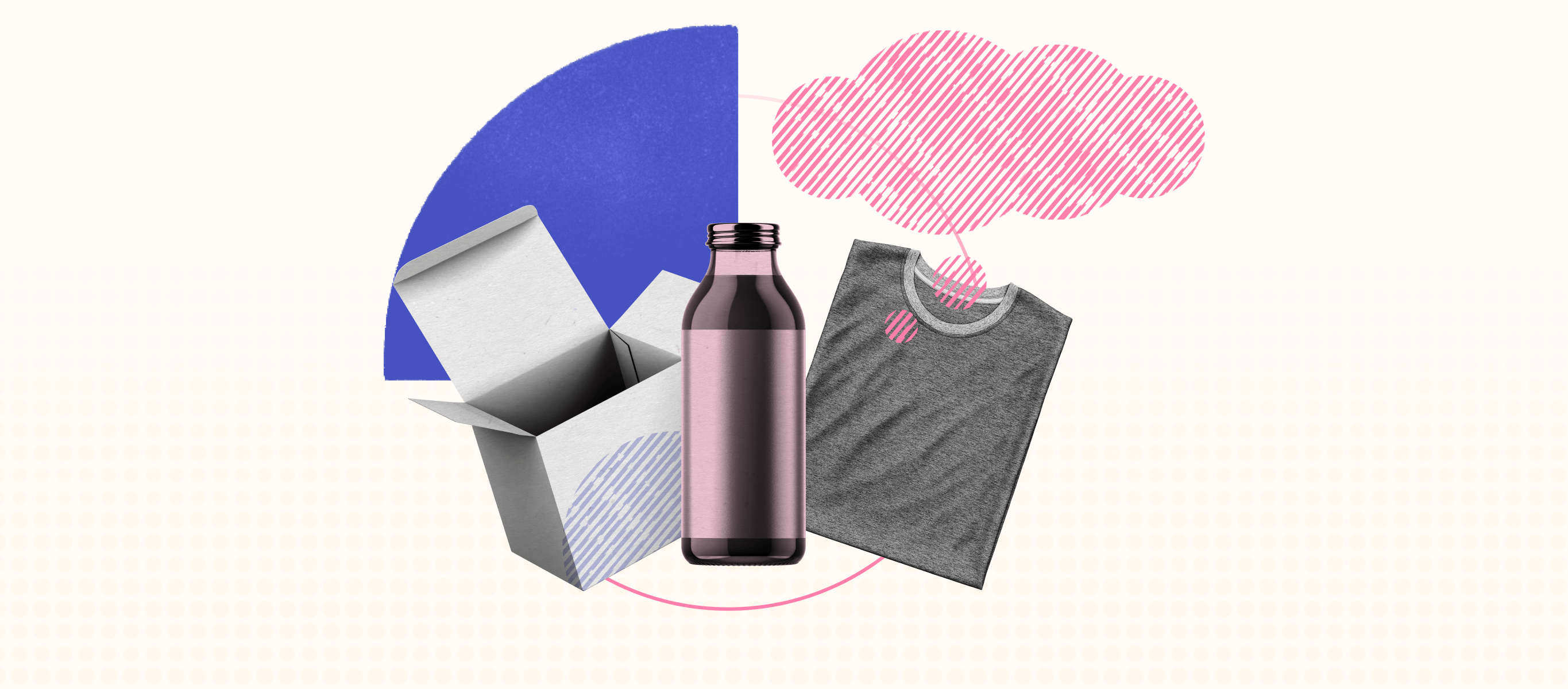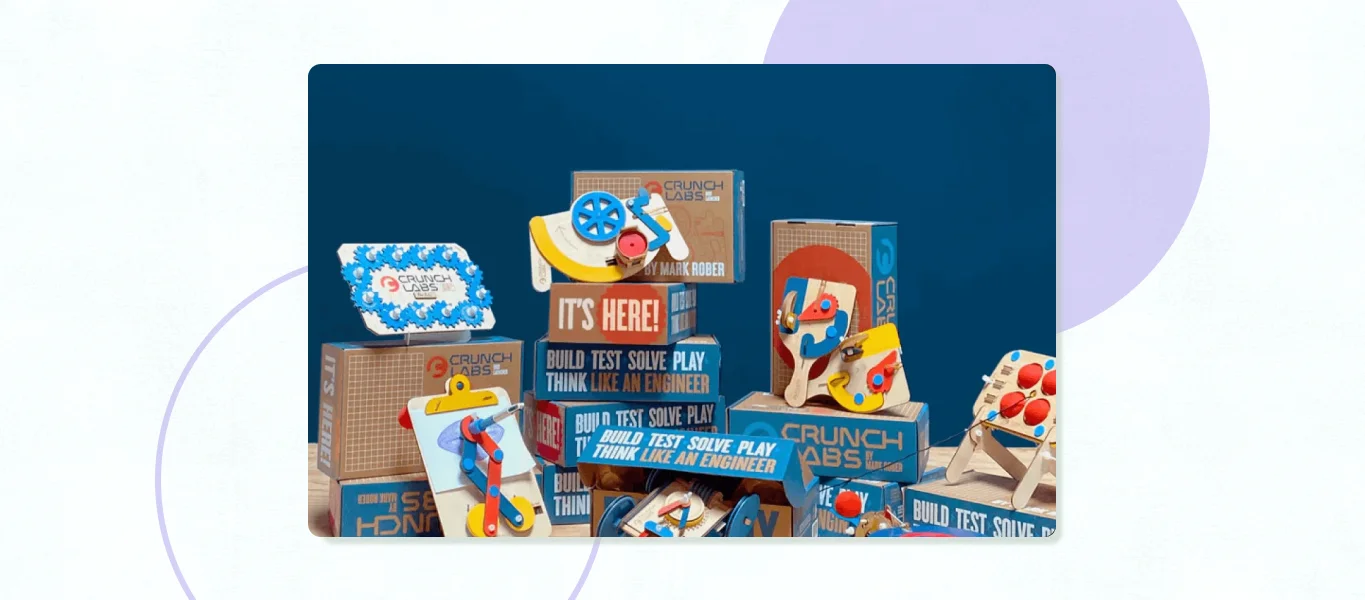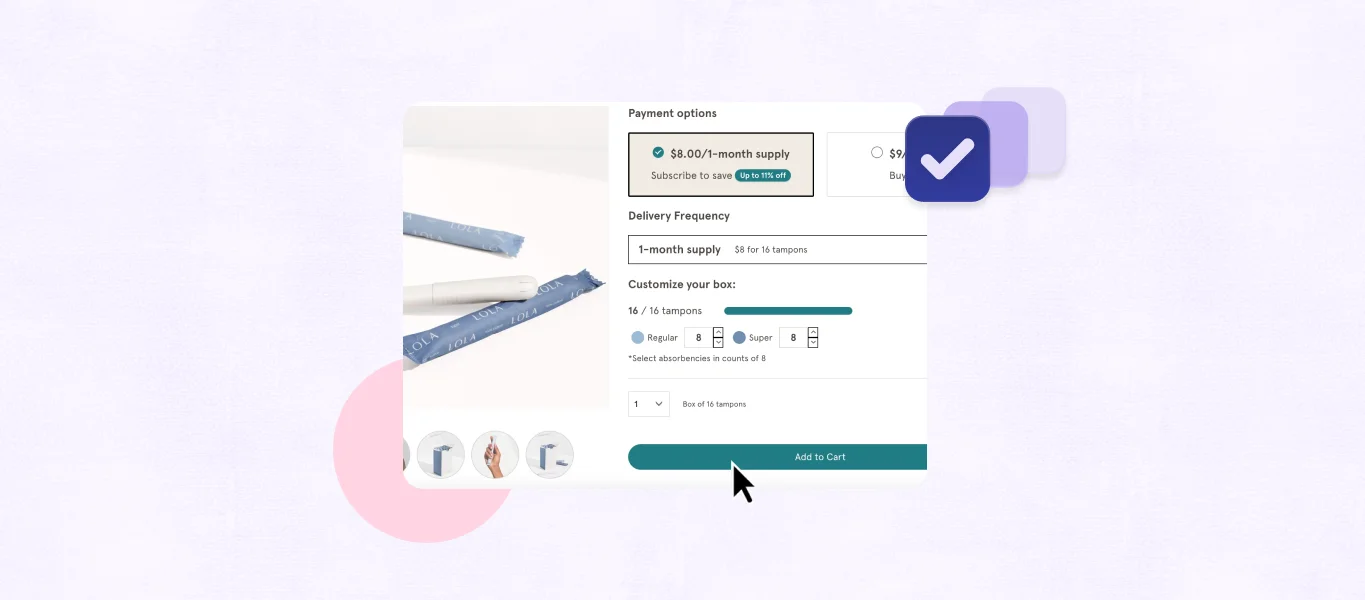The subscription economy has grown nearly 6x (more than 435%) over the last 9 years. There’s a multitude of benefits to businesses implementing this model—predictable revenue, reducing churn, forecasting inventory, valuable customer data, and increased average order value (and the list goes on). Needless to say, subscriptions are a strong move for businesses.
There’s a reason (actually several) customers flock to this model. In fact, subscriptions cater to major elements of human psychology that make them attractive, enriching, and compelling.
Dig out your Psych 101 textbook and let’s take a look at a few:
Convenience
Perhaps the most obvious one, but true nonetheless. Customers reduce their cognitive load With subscriptions. Think of how much time we actually spend logging online to order or traveling to pick up products from the store. That constant resupply comes at a cost in terms of both time and mental energy.
Dual process theory states that our decisions are the output of our two cognitive systems. Our first system is intuitive and reflexive, our gut instinct. Our second system is conscious and regulated. It’s the system we rely on for organizing a strategy or devising a plan. It’s also the system customers usually employ for shopping, considering how much to order, or if an item is worth the cost. And while it may seem like a minuscule calculus, a brief moment of thought before clicking “add to cart”, it actually adds up over time. Think of how people get their attention hijacked by answering an email—it may only take a minute to respond, but it takes time to get back in the flow and return to our tasks.
With subscriptions, customers can “set it and forget it,” and know that their favorite essentials will arrive on their doorstep, with no additional cognitive lift on their part. And outside of physical goods, customers can also automate aspects of their life with subscriptions. For example, meal subscriptions deliver prepared food so customers can save time on meal planning—which takes as much, if not more time than the actual cooking.
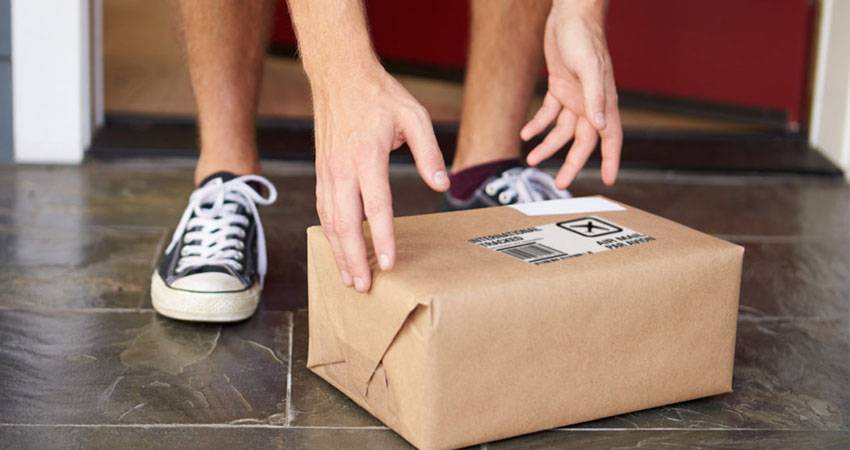
Anticipation
“Your package is out for delivery!” is one of the best notifications. Everyone gets excited eagerly awaiting a delivery, whether it’s a refill of their favorite coffee or a box of new snack items to try. When customers subscribe to a product they love, they get to enjoy this delightful anticipation on a regular schedule. Some people think of subscriptions like a gift, even if it’s from themselves!
For curation subscriptions, there’s an extra novelty and element of surprise—boxes will usually have new and different products to look forward to in each order. You can lean into the gift angle by investing in an amazing unboxing experience. Add thoughtful design to the box, include a useful guide, or fun wrapping. All of these details help paint your product as a present.

Control
With subscriptions, customers actually have complete control over their interaction with the product. Sometimes they may go to the store and find that their favorite snack bar is out of stock, or be on a waitlist for a moisturizer they love. With subscriptions, customers can manage the amount of product and delivery dates. With so much happening digitally, people appreciate the security of knowing their needs will be met through subscriptions.
Providing customers flexibility here is key. While they appreciate that guarantee for their items, they also want to feel empowered to make adjustments. Let them be in the driver’s seat and know that your product is available to them, in the way they want.
Tangibility
Remember how nice it was to get a handwritten card in the mail? There’s a reason it has such an effect. A study by the Canada Post Corporation, titled A Bias for Action, found that mail produces a motivation response 20% higher than digital media. People absorb messages from mail in significant and subconscious ways, and this pattern is indicative of a greater phenomenon. Participants in the study claimed that mail feels “more real,” and that tangible items leave deeper impressions.
In a world that’s becoming increasingly digitized, people love the tangible touchpoint of a subscription. Through the experience of receiving a physical product in the mail, customers are reminded they’re a member of something, to interact with their item, and generally slow down and engage with the moment they’re in.
Community
Belonging is a basic human need—our desire to bond and connect is largely responsible for our survival as a species and informs much of our day-to-day life. While this can be exploited by presenting your product as the antidote to insecurity and a shortcut to confidence, it can also be used to positively create connections.
Super successful brands build a community around their offerings. Moving beyond the physical product, they create an ecosystem of value. Whether this is through relevant content, rewards programs, or added perks like events and webinars, they build a strong following where people relate through common values. Subscriptions are a great way to invite customers into your brand community. Through regular deliveries and frequent messaging, they have multiple access points to engage with your brand. A study on brand community found that these groups, “exhibit three markers of community: shared consciousness, rituals and traditions, and a sense of moral responsibility.” Merging your brand with these core desires and needs is gold—you can organically integrate your product in a human, habitual, and connected way.
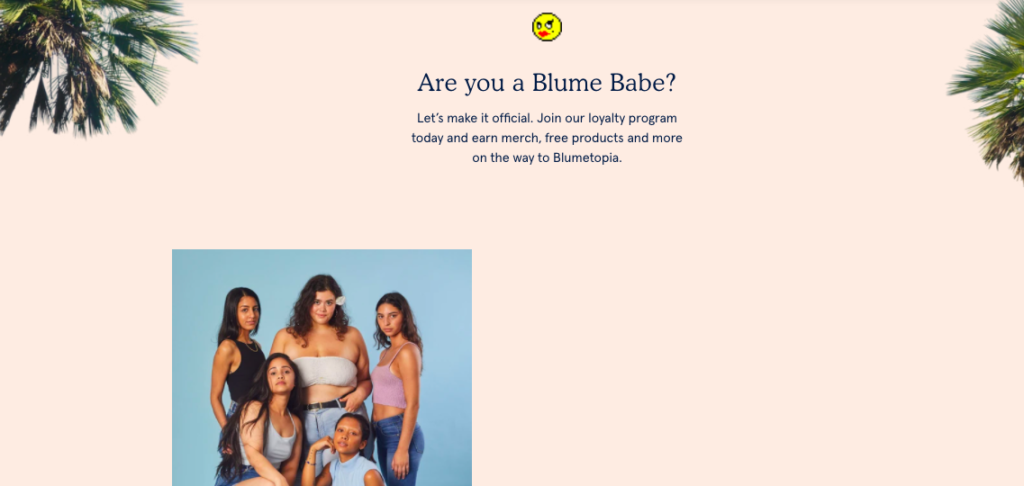
The study of subscriptions
According to McKinsey, 49% of customers have a subscription. People are moving away from “things” in favor of holistic, engaging, and joyful experiences. Subscriptions evolve products into pathways towards tangible presence, create fun anticipation, invite in community, and solve for cognitive overload. There’s plenty of truth to the science of psychology—it looks like subscriptions are here to stay.
